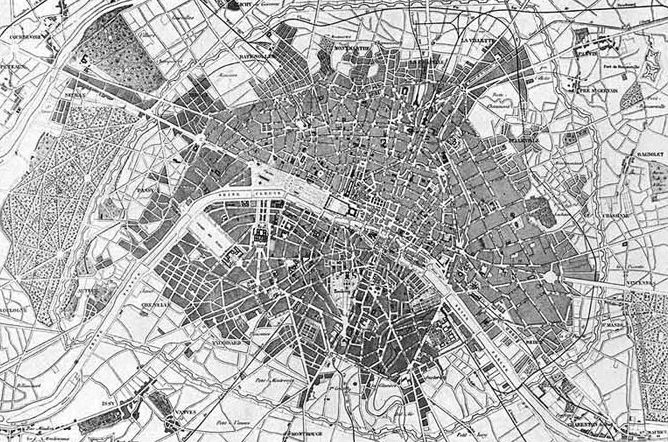This weekend I am in New York, speaking at Columbia University as part of the Urban History Association’s annual conference. I’ll be discussing the idea of cosmopolitanism as it relates to urban planning in the first years of the Second Empire (1852-1855). An excerpt of my talk appears below.
Continue reading Cosmopolitanism in the Culture and Planning of Second Empire Paris









